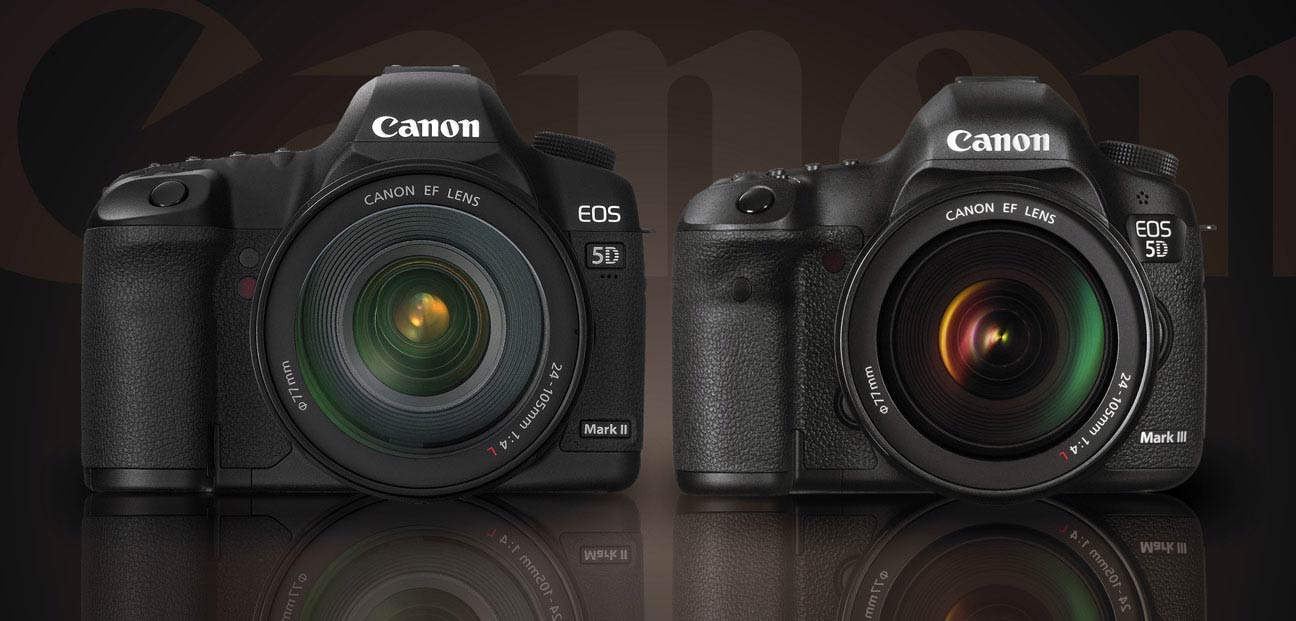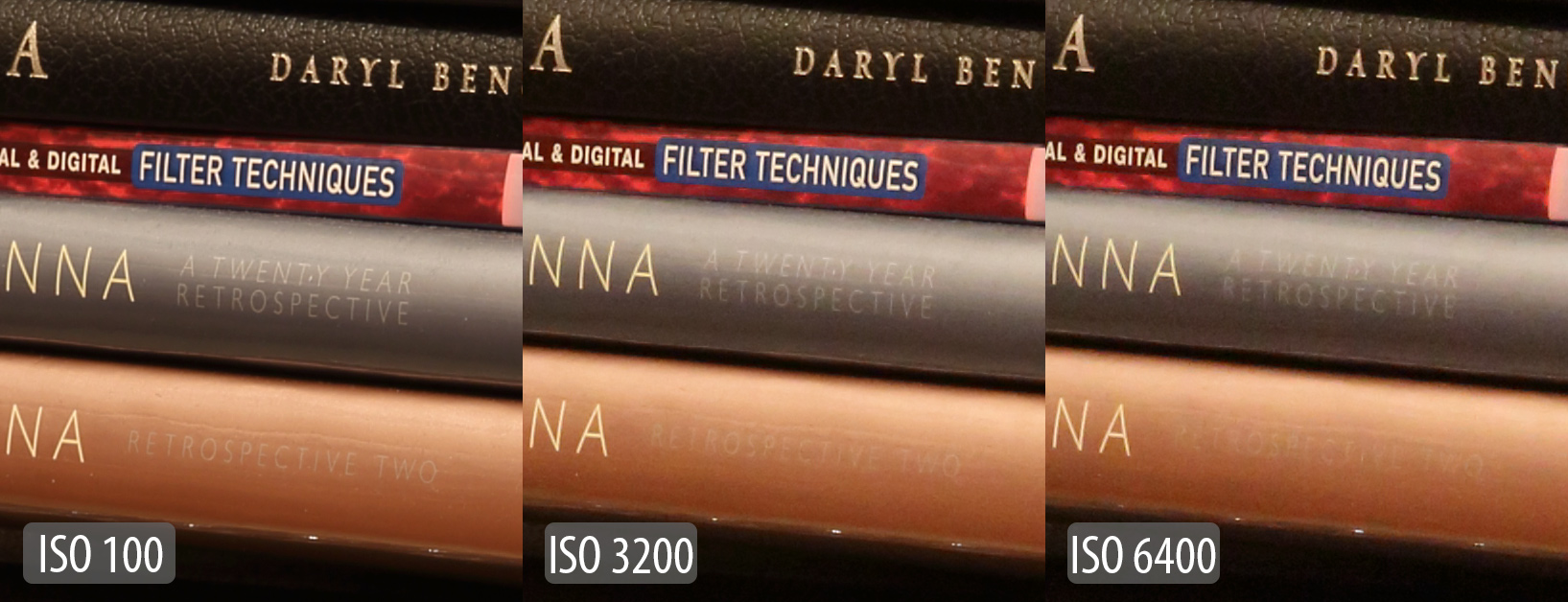
In terms of low-light performance, noise, aliasing issues, and sensor size, it clearly beats out the Blackmagic cameras which are the only competitiors for RAW video at this price point. That said, the RAW video hack is absolutely substantial. Being a hack, it's also not likely to be acceptable for use on budgeted, insured productions. I mean, the lack of audio, increased rolling shutter, weird workflow, lack of supporting video functionality, and all the other issues DSLRs already had are still there. The nature of the RAW video recording hack limits the usability of the camera from many standpoints, but if you can deal with the shortcomings, (particularly if you already own the camera) it's still a pretty decent deal. In terms of functionality, maybe (though I wouldn't be so crass as to label it a "caveman tool" even without this hack). If the hack becomes rock solid and allows for longer record times, and if you're willing to deal with the workarounds (and strictly image quality is your chief concern), there is a very compelling reason to take another look at the 5D Mark III if you haven't done so already (and if you own one, you can see the quality for yourself). The BMCC certainly has advantages to the hacked Mark III, like audio input with RAW, internal ProRes/DNxHD, HD-SDI, playback in-camera, more re-framing options in post, and a free color grading application (DaVinci Resolve). It probably goes without saying that the BMCC's firmware is made to shoot RAW, and the Magic Lantern hack for RAW video is still in its infancy. Just in terms of image quality alone, the BMCC completely destroyed the Mark III just a week ago. While the guys weren't using the same lens on both cameras, the Blackmagic has a bit sharper of an image - but not by much - and that's really the crazy part about this hack. I really haven't had any issues with aliasing on the BMCC, but you can definitely find them in specific circumstances.

If you're willing to install Magic Lantern, however, the 5D Mark III just became a powerhouse in its budget range.

Honestly, while I think the camera as an overall package was worth it, if you were to look just at the video capabilities, the Mark II has about 75% of the quality for around half the price. The Nikon D800 had a sharper image, more dynamic range, and clean HDMI, and Canon has only just delivered that update recently. The Mark III's video before this hack was pretty lackluster compared to a lot of the other options for video.


 0 kommentar(er)
0 kommentar(er)
